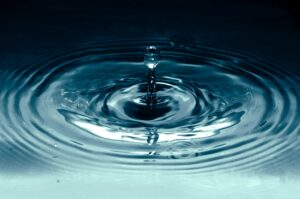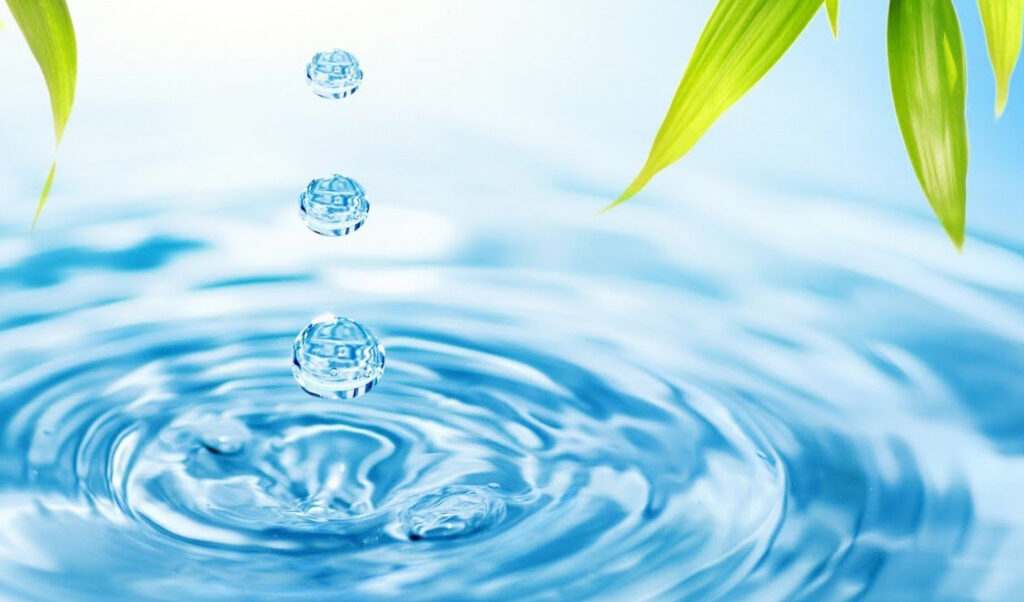
Water is the most forgotten nutrient but the most essential substance for our lives. One can survive without water for weeks, but not without water. Water is a macronutrient made of two elements: hydrogen and oxygen. It is an inorganic compound. A water molecule contains two hydrogen atoms and one oxygen atom; in other words, the ratio is 2:1.
The total amount of water in our body is around 50–60% of the total body weight. In males, the ratio varies up to 65-70% water because they have a higher proportion of lean tissue and less fat. In females, it varies up to 50–55% because they have a slightly higher amount of fat.
Requirement of water:
The body has no provision for water storage; therefore, the amount of water lost every 24 hours must be replaced to maintain health and body efficiency. The requirements in relation to body weight vary in a general way with age; the younger the individual, the greater his/her requirements for water per unit of body weight.
- In adults: 35 ml/kg
- In Children: 50 to 60 ml/kg
- In Infants: 150 ml/kg
Exercise, high temperature, low humidity, high altitude, and a high-fiber diet increase fluid needs. Alcoholic beverages and those containing caffeine, such as coffee, tea, and soda, however, are not good substitutes for water; both alcohol and caffeine act as diuretics, causing the body to lose fluids.
Sources:
Our body gets water mainly by:
- Drinking water and beverages The ingestion of water in the form of liquids: This includes water that we drink daily as such or as part of beverages like tea, coffee, fruit juices, and aerated drinks.
- Foods The ingestion of water in the form of solid foods: Water is present in various foodstuffs in hidden or invisible forms. The water content of foods varies widely.
The following table gives the moisture content of some of the foodstuffs.
The water we drink must be safe and free from germs causing water-borne diseases such as diarrhea, dysentery, and cholera. Clean and safe drinking water is necessary.
The moisture content of some foods
| Foodstuffs |
Moisture content(g) Per 100g of edible portion |
|
Vegetables Spinach Pumpkin Peas Fruits Apple Milk Cow’s milk Cereals Wheat Rice(raw,milled) Pulses Bengal gram |
90.31 91.85 73.37 83.01 86.64 10.58 9.93 8.56 |
Sources: Indian Food Composition Tables (IFCT), 2017, ICMR, NIN.
- The metabolism of nutrients Water is formed in the body from the metabolism of nutrients; some amount of water is formed in the body during the various chemical reactions involved in the metabolism of carbohydrates. The reactions involved in fat and protein metabolism also contribute water to the body.
Loss of water:
Utilization of water for various body processes Some amount of water is lost from the body by four routes: kidneys, skin, lungs, and our digestive tract.
Renal Loss: normal adult kidneys excrete about 1-2 liters of urine daily. The water in this total volume is made up of two proteins: obligatory and facultative.
- Obligatory water excretion: the kidney must excrete some water to eliminate the body’s daily load of urinary solutes. The average adult obligatory water excretion is about 900 ml.
- Facultative water excretion: an additional 500 ml, more or less water is excreted to maintain water balance.
Skin: The water loss from the skin is through perspiration, which could be insensible and/or visible
- Insensible Perspiration: a relatively constant amount of water loss that is proportionate to the surface area of the body. The name signifies that the water is not noticeable as the evaporation takes place from the skin immediately.
- Visible Perspiration: highly variable water losses. The elimination of more concentrated urine helps to conserve body water whenever there is a significant loss of water through perspiration.
Lungs: The air expired from the lungs also contains water. Conditions that would increase the rate of respiration, such as fever, and increase the water loss by this route. An individual involved in strenuous activity will lose more water by this route compared to a sedentary person.
Oedema: In some pathological conditions, the body is in positive water balance; that is, the intake of fluids is greater than the excretion; oedema results when the body’s water is increased to levels of 10% or more above normal.
Intestine: A small quantity of water is lost in phases, but this exceeds in diarrheal episodes.





